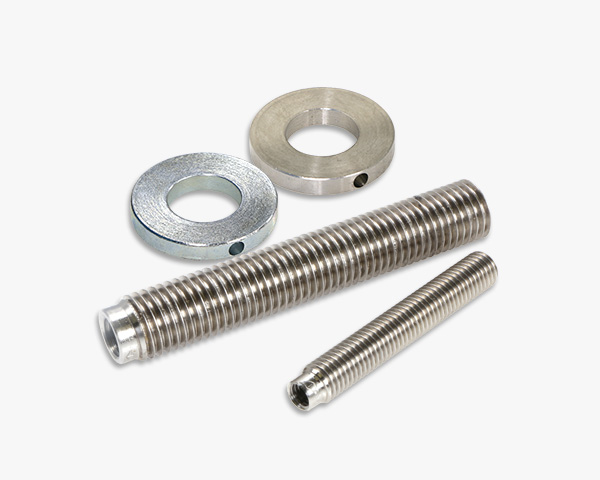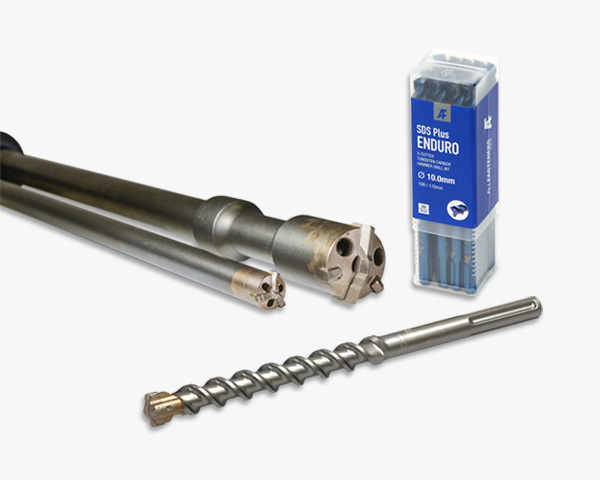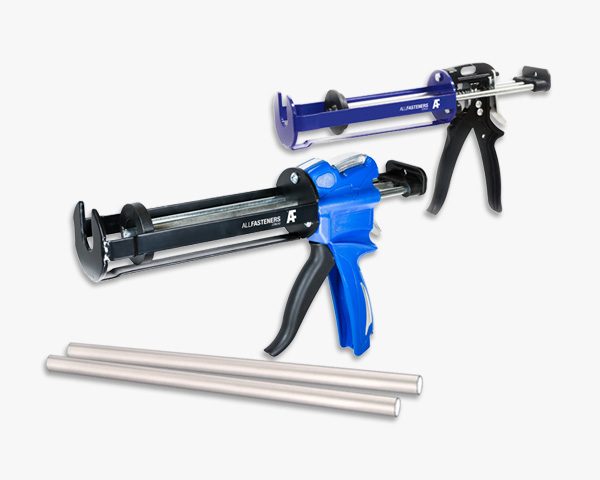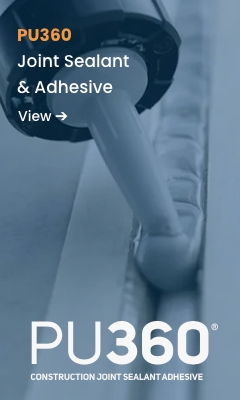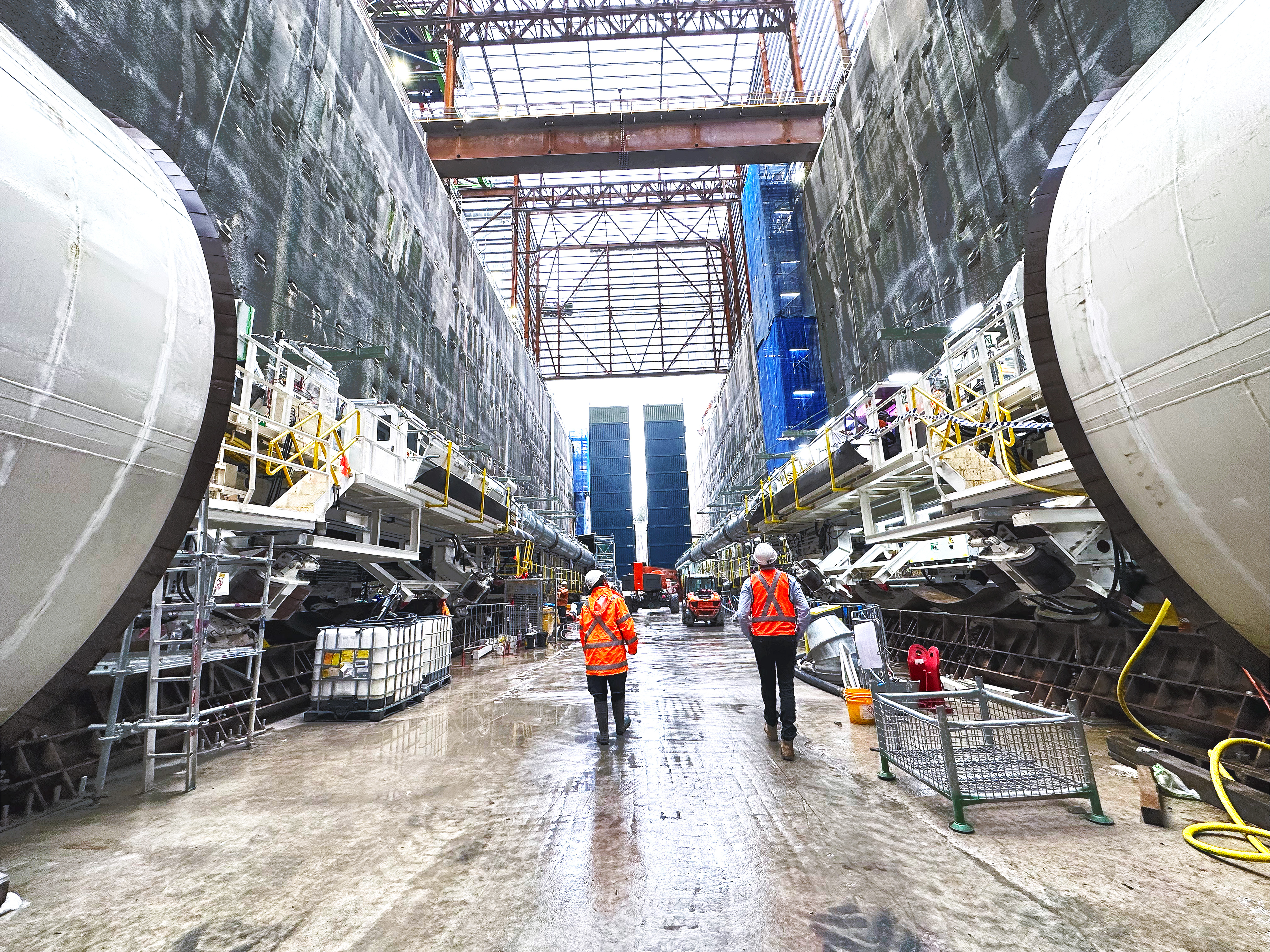Exploring the Risks of Silicosis in Construction
Silica Dust: A Deadly Concern
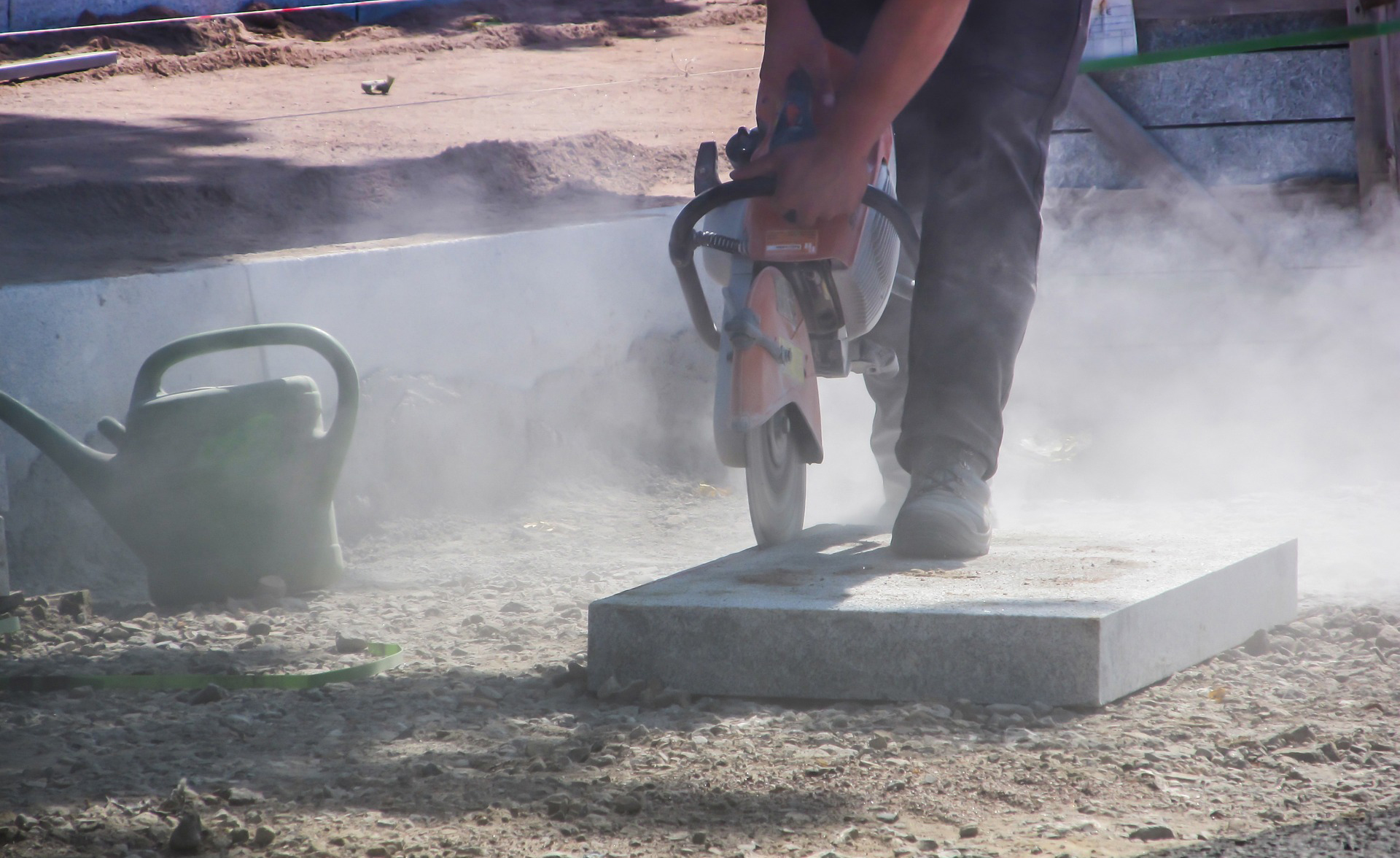
Why You Should be Worried about Silicosis on the Job Site
Ever since the mid-1800s, exposure to silica dust has been a recurring problem for many in the construction, mining, and building sectors. Long-term exposure to silica dust has been shown to lead to chronic health issues such as silicosis, a lung disease that poses severe and long-term risks.
Understanding the dangers of silicosis is crucial for individuals working in the construction industry and engaging in do-it-yourself projects at home, as several steps can be taken to mitigate the risks of silica dust.
If left untreated, silicosis can progress, leading to severe respiratory complications, irreversible lung damage, and even death. While many countries have seen a drop in silicosis over time, it remains an ongoing issue that requires continued attention and preventive measures.
A Brief History of Silicosis
Silicosis is a comparatively new disease and is a tragic side effect of rapid industrialisation. The first reports of the illness can be traced back to miners in the 18th century who were prone to developing breathing problems. However, records of stonecutters and miners developing breathing problems can be traced back to the Greeks and Romans.
With the introduction of the pneumatic hammer and sandblasting at the turn of the 20th century, rates of worker illness began to skyrocket. Around this time, an Italian named Achille Visconti first coined the term silicosis to describe the buildup of dust he found in the lungs of stoneworkers and miners.
As awareness and understanding of the plight of workers spread, regulatory measures were introduced to mitigate its impact. Since the 20th century, many countries have seen steady falls in rates of silicosis thanks to improved occupational health and safety standards, increased awareness, and better control measures.
Despite these developments, silicosis remains an issue in certain regions and industries where effective preventive measures are either lacking or simply not enforced.
Health Risks and Consequences of Silicosis
Silicosis poses considerable health risks to construction workers and can lead to a range of adverse effects on respiratory health. Those suffering from silicosis may experience symptoms such as coughing, shortness of breath, chest pain, and fatigue in the early stages of onset. In advanced stages, the disease can cause severe lung scarring, reduced lung function, and an impaired ability to breathe properly. If left untreated, silicosis can easily be fatal.
Additionally, silicosis increases the risk of further respiratory complications. The weakened lungs of individuals with silicosis are more susceptible to infections like tuberculosis and there is mounting evidence linking silicosis to the development of lung cancer and chronic obstructive pulmonary disease (COPD).
Causes and Risk Factors of Silicosis
As mentioned earlier, silicosis is caused by direct and repeated exposure to silica dust.
What is Silica?
Silica is a mineral commonly found in rocks, sand, and soil. When these substances are processed (during cutting, grinding, drilling, or crushing), fine particles are released into the air where theta re easily inhaled.
While inhalation in the workplace is the most common means of exposure, secondary exposure is also a risk when workers bring silica dust home on their clothes, potentially affecting the health of their families.
Risk Factors for Silicosis
In the construction industry, many routine activities pose a high risk of exposure to silica dust. Those at the highest risk are those who work in concrete cutting, masonry work, sandblasting, rock drilling, and stone quarrying.
While a single day of exposure is unlikely to cause lasting damage, the repeated day-in-day-out nature of the work means that anyone who is exposed is likely exposed in large and continuous amounts. This type of chronic exposure, combined with inadequate PPE, is regularly jeopardising the lives of tens of thousands of construction workers every year.
Multiple things can influence the amount of silica being generated and dispersed. Factors like the type of material, the intensity of the task, the type of machinery, and the effectiveness of dust control measures all determine the level of silica dust exposure.
Regulatory Measures and Safety Practices
As awareness of silicosis has continued to spread, more and more governments and industries have begun adopting measures aimed at reducing silica exposure and use. Most governments have detailed outlines for what levels of silica exposure are tolerated and what precautions must be taken on job sites.
Since the start of the 21st century, regulations around silica exposure in the workplace have been enhanced to better protect workers' health. These have largely been driven by recent scientific advancements as well as increased awareness of the hazards of silica dust and a growing understanding of the long-term health effects of silicosis.
One of the most notable developments has been the lowering of permissible exposure limits (PELs) on job sites. In the United States, for example, the Occupational Safety and Health Administration (OSHA) reduced the PEL for silica dust by 50% in 2016. On top of this, many regulations have shifted their focus from relying solely on PPE to the importance of engineering controls, such as ventilation and dust suppression, as a primary means of controlling silica dust.
In addition to reduced exposure levels and increased engineering controls, many regulations now emphasise the need for comprehensive respiratory protection programs, medical surveillance, and worker training. It has been mandated in many jurisdictions that employers provide education and training on silica hazards, proper work practices, and the use of controls and PPE.
Overall, the current best practices that most organisations agree on include, but are not limited to, the following:
- Implement engineering controls: Make proper use of engineering controls, like local exhaust ventilation, water suppression, and dust collection, to capture and control silica dust at the source.
- Utilise proper work practices: Promote safe work practices to minimise the generation and spread of silica dust. These include wetting down work areas, using tools with integrated dust controls, and avoiding dry sweeping.
- Provide personal protective equipment (PPE): Make sure that all workers have access to suitable PPE, such as respirators, eye protection, and protective clothing.
Recent Innovations
Available methods for reducing workers’ exposure to silica dust have evolved significantly in recent years. Dust control systems, such as wet-cutting methods, can reduce silica exposure by as much as 90%. On top of that, dust collection devices have become more efficient and effective in capturing what silica dust does escape the source. Innovative tools, such as water-fed grinders and saws with integrated dust suppression mechanisms, also help minimise dust generation.
For example, Allfasteners’ xDust dustless vac hammer drill bits allow for truly dust-free drilling thanks to the hollow shank and vacuum attachment. Just attach any portable dust extraction unit as you drill to mitigate silica exposure. Ideal for indoor workspaces, this tool can be used for concrete, brick, stone, granite, and limestone.
Additionally, advancements in PPE have played a role in protecting workers from silica dust exposure. Respiratory protection, in particular, has seen significant improvements with high-efficiency particulate air (HEPA) filters integrated with respirators, offering enhanced filtration. Moreover, PPE manufacturers have developed more comfortable and user-friendly designs, ensuring better compliance and worker acceptance.
Moving Forward
Even with these advancements, some are convinced that it’s not enough. Building industry unions and health groups, including the Australian Institute of Occupational Hygienists (AIOH), are calling for a complete ban on the use of engineered stone that contains silica, dubbing it the “killer stone”.
Research from Curtin University shows that up to a quarter of stonemasons who work with engineered stone have contracted silicosis. Going forward, models predict more than 100,000 workers will be diagnosed with silicosis in the years and decades to come. On top of that, another 10,000 workers will be diagnosed with other cancers linked to silica exposure.
Regardless of what happens with regulations in coming years, proper precautions in the workplace today can and will save lives tomorrow.







